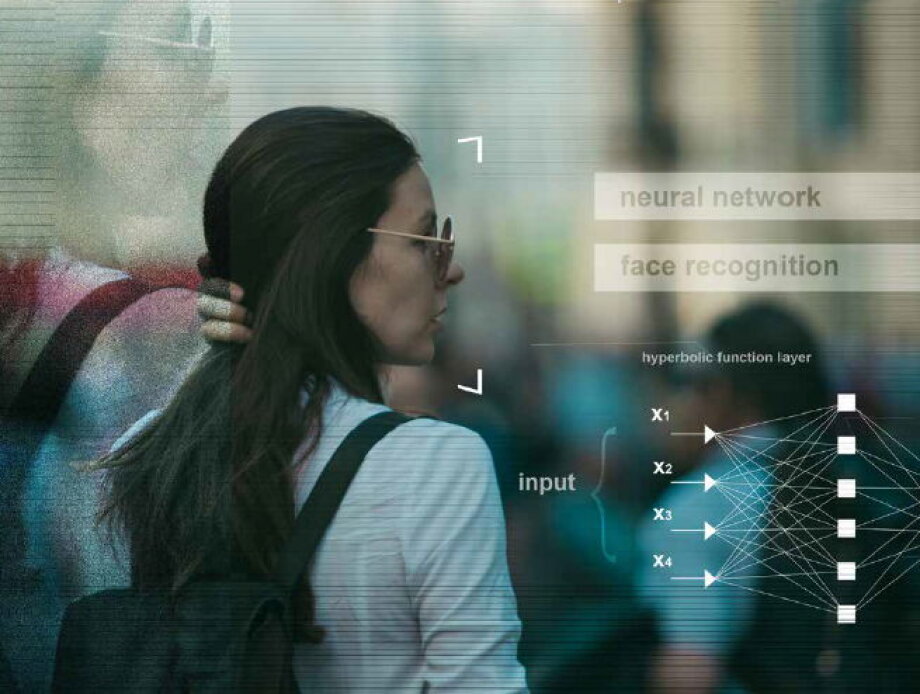The foundations for artificial neural networks, what we commonly refer to as Artificial Intelligence (AI), were created in the mid-20th century. Since then, the field has gone through rapid advancement as well as periods of “AI winter,” when scientists came across a limitation they couldn’t overcome with the technology available at the time. Then there was a breakthrough and another surge, and so on. “Luckily for the field, there was always a group of researchers somewhere in the world who shared an unlimited conviction that neural networks had incredible potential and they always managed to break through the barriers and push development forward,” said dr. Paweł Rzeszuciński, Chief Data Scientist at Codewise.
Theoretical understanding is only the first of the necessary ingredients that made AI possible. The second element was data – the fuel of neural networks. The breakthrough in digitization and mass communication we saw happen in early the 21st century resulted in vast amounts of data that could be used to power the emerging neural networks. The development of cloud computing was another factor. “Immense computing power necessary for working with neural networks became available to researchers who had been unable to meet the necessary hardware requirements before,” explained Rzeszuciński. “To work with networks effectively, you also need a dedicated kind of equipment, which is based on graphic processing units. Once they became accessible, training neural networks really took off, as did all the research and development, whose results we can see today,” he added.
MILESTONES
Over the past few decades, AI has been crossing more and more boundaries that once seemed unattainable: from “Deep Blue” beating Kasparov in a game of chess in 1997, “Watson” triumphing at Jeopardy! in 2011, through to “Alpha Go” besting in 2017 a champion in one of the hardest strategic games of all time – the Chinese game Go. These few examples are just scratching the surface of what neural networks can do. The past few years have seen significant acceleration.
Since deep learning neural networks were created, their capabilities have surpassed any expectations. “Using machine learning and deep learning we can build computer systems and apps that carry out tasks normally associated with human intelligence, such as image and speech recognition and language translations,” said Marek Pyka, AI Architect at Microsoft Poland.
WHAT MAKES THEM “DEEP”?
The thing that differentiates deep neural networks from regular machine learning is their multi-layered structure. A classic neural network has three layers: input, a data processing algorithm and output. Deep networks contain numerous intermediate layers, which are hidden and which make doing the most complex operations possible, producing more valuable insights.
“It is because of their multilayered nature that deep neural networks don’t need data features to be precisely defined. They can identify these features themselves, oftentimes better than humans,” said Rzeszuciński. That is also why they are more effective when dealing with noisy data. Meanwhile, for machine learning algorithms to work, data needs to be separated from the so called “noise,” which requires a lot of effort.
Deep neural networks are more efficient with every piece of additional information they receive, while “classical methods reach a point of data saturation, where their effectiveness plateaus. Andrew Ng, currently one of the biggest authorities on AI, used a simple analogy that deep learning is a rocket and data is its fuel: the more fuel it gets, the further it can go,” Rzeszuciński added.
Multi-layered networks can learn to distinguish features at various levels of abstraction. “For example, if we carefully train a deep neural network to classify images, we will find out that the first layer trained itself to recognize very basic objects like edges, the next layer is able to recognize collections of edges such as shapes, the third layer trained itself to recognize collections of shapes like eyes and noses, and a further layer will learn even higher-order features like faces,” explained dr. Dominika Tkaczyk, Principal R&D Developer at Crossref, an organization that digitizes scientific publications.
JUST A CHEAP TRICK?
Face recognition is already being used in biometrics, e.g. while logging into your computer. “Thanks to the IR camera in the screen, the user is verified by scanning their face. To log into their account, they don’t need to put in the password – all they have to do is look into the camera. Face recognition is already used in Windows' Hello interface, available on computers with Windows 10,” said Pyka.
Soon we will also be able to do our shopping in so-called intelligent kiosks, equipped with AI-based face recognition and eye tracking – Microsoft has been developing the concept with Leaware and M4B. “Algorithms recognize age, sex, other demographic features and even the mood of the consumers, and the recommendation mechanism chooses personalized content and products for each client. The system learns what customers find interesting and continuously tracks eye movement, suggesting the most effective solutions,” Pyka described.
Over the past few months, there’s been a lot of buzz around apps that can age people’s photos. While being able to age an image or make it look younger can have certain uses in filmmaking, where one actor can play a character through many decades of their life, without resorting to imperfect make-up, applications in the real world seem scarce. Who knows – maybe soon we will see some novel uses too.
“At the moment it’s more of a trick, but soon we will see it applied in business. We can think of ads tailored to the viewer, as well as multiple uses in media, filmmaking, videogames etc.,” Wolski said. “Unfortunately, the same techniques can be used to generate fake videos of celebrities, which makes recognizing and regulating such situations all the more important,” he added.
FAKE NEWS DILEMMA
One of the latest achievements of AI is the ability to generate text that not only sounds authentic but can be an uncanny imitation of speeches given by well-known people. In February 2019, OpenAI, whose co-founder was Elon Musk, announced it had developed an algorithm called GPT-2, which was so good at generating human-like text they decided against releasing it. “No later than in August, however, a heavily limited version of the algorithm was made public to allow for a wider debate, in a controlled manner, on the potential abuses of the model and to start working on methods of detecting them automatically,” said Rzeszuciński.
“It’s possible that it was an overly cautious decision, because text produced by GPT-2 can be relatively easily identified as machinegenerated, but this approach can be seen as ‘training’ before future publications,” Wolski added.
Algorithms like this one need only a handful of key words to create a text that is practically impossible to detect as fake. As an experiment, a group of people were presented with an article generated by GPT-2, which the vast majority (70 percent) identified as authentic copy written by a New York Times journalist. “In the times when clickability is king and users are flooded with sensational fake news stories, the presence of increasingly sophisticated AI algorithms means we should be on our guard more than ever,” cautioned Rzeszuciński.
If we learn to use the benefits of AI in a responsible fashion, their potential can be enormous. “Thanks to technology like GPT-2, everyone will be able to have a virtual assistant that is so good at their job that we will have no objections about allowing them to make decisions about where we should eat or about our holiday destination. Perhaps we will see personalized, automatic teachers? The possibilities are endless,” Wolski concluded.


















